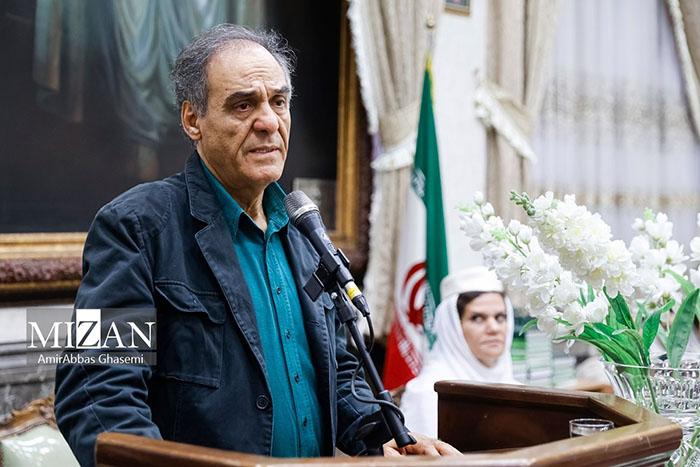The interpretation of the -θ- (/θ/) in the Avestan zaraθuštra was for a time itself subjected to heated debate because the -θ- is an irregular development: as a rule, *zarat- (a first element that ends in a dental consonant) should have Avestan zarat- or zarat̰- as a development from it. Why this is not so for zaraθuštra has not yet been determined. Notwithstanding the phonetic irregularity, that Avestan zaraθuštra with its -θ- was linguistically an actual form is shown by later attestations reflecting the same basis.All present-day Persian-language variants of his name derive from the Middle Iranian variants of Zarθošt, which, in turn, all reflect Avestan’s fricative -θ-.
Ferdous Kaviani commemoration ceremony
[custom_adv]

